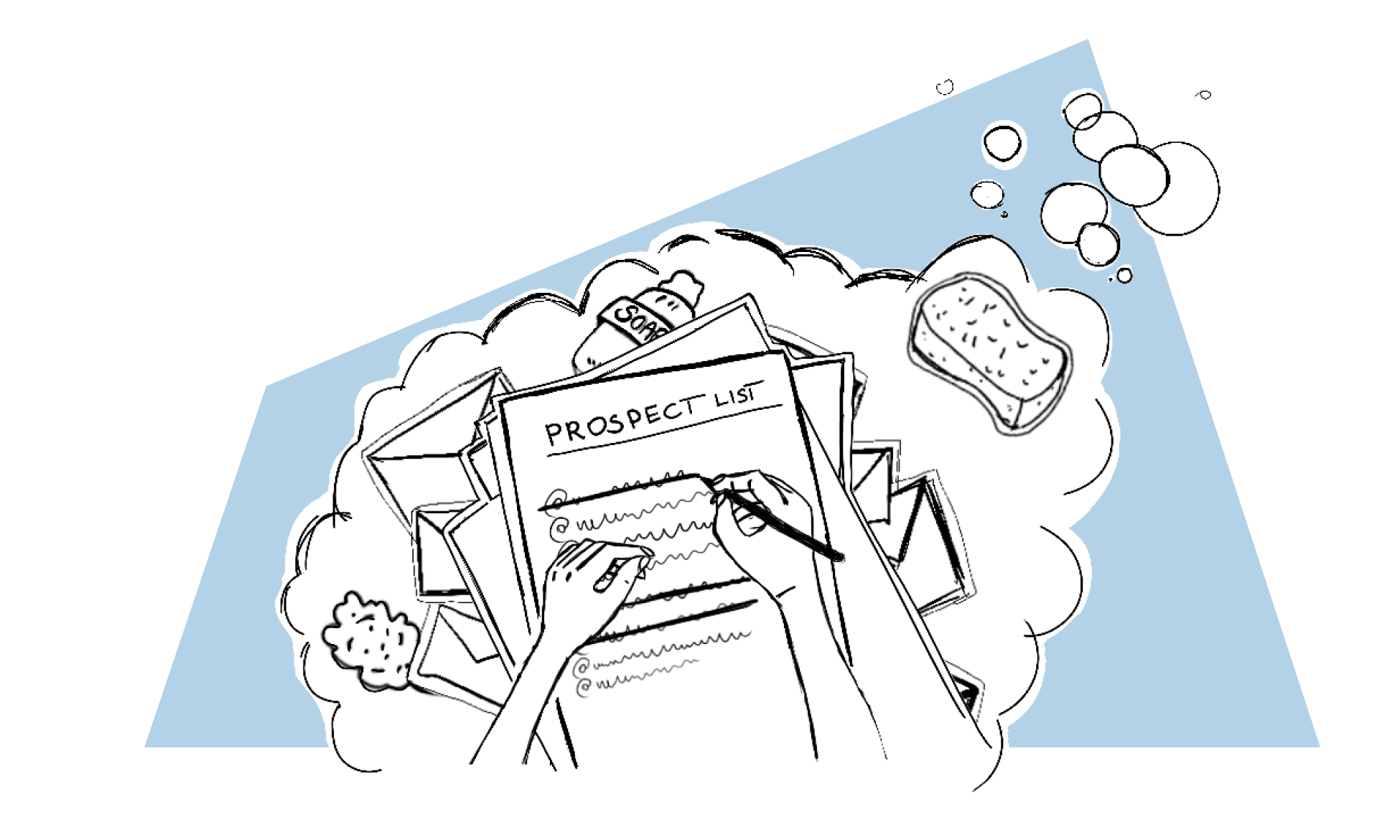Prospect list hygiene is like maintaining your own house. You built it and everything looks fresh and clean. But time goes by, things have worn out, the walls get a little dirty, and if you don’t take care of it, your house becomes hard to use and in time maybe even completely unusable.
It’s the same with your B2B email database – building your list is just the first phase.
See why your prospect list needs a regular cleanup and what are the best practices to do so.
What is prospect list hygiene?
“The larger the number involved, the better the occasion” doesn’t fit cold emailing. In fact, smaller prospect lists with well targeted, narrowed criteria are more valuable than a larger list of potential customers who are not interested in your solution.
Prospect list hygiene means maintaining accurate and up-to-date information in your B2B database.
It helps you avoid having your emails marked as spam and definitely improves three key email metrics: deliverability, open rates and click rates—and it ensures you consistently deliver emails to inbox.
“Dirty” prospects list means:
- Outdated information
Your list may contain email addresses that either don’t exist anymore or have no employee associated with them. If you try to keep sending your emails to these addresses, they will bounce back and affect your deliverability.
Also, email accounts that have been inactive for some time might get turned into spam traps and harm your reputation if you send to those addresses.
- Inaccurate data
Some of the email addresses you have on your list may be misspelled, a piece of data might be entered in the wrong field, or a contact might be duplicated. Messy data is not only disturbing your workflow, but also the results you get.
- Outdated targets
If you want to improve your business results, it’s normal to shift your directions and pivot your targets. In this scenario, if your old prospect list doesn’t correlate with your new offering, you’ll be contacting leads who may not be interested in your services.
How often should you clean your prospect list?
If you’re wondering when is the right time for cleaning up your prospect list, you should first take a look at your stats.
The general rule says that you should clean your email list at least once every six months, but if you notice your numbers starting to drop, update your list as soon as possible.
If you’re adding prospects to the list daily, you should do it as often as every month.
How do you create a high-quality prospect list?
To maintain good-quality data, you need to have it in the first place.
Like we’ve said in the past (and we continue to say), we do not recommend buying ready-made lists. It might sound like an easy option, but the contacts on such lists can be outdated.
Imagine buying a list of 1000 email addresses and finding out half of them don’t even exist. You’ll only burn money. Not to mention people on such a list probably got loads of emails already, so you risk annoying them and having your emails marked as spam.
Instead, do it manually or order it from a company who offers list building.
What to focus on while building a prospect list?
When choosing the right criteria, I suggest doing a “reverse search”. Pick a few companies you work for and scan them using prospecting tools. Find out:
- Which industries do they operate in?
- What is their size? (number of employees)
- What are their locations? (countries, cities)
- Who is typically the decision maker? (job titles)
- Are they using any specific technologies?
- How much revenue do they generate a year?
- What kind of keywords do they use to describe their speciality?
Save these patterns and run a search to find similar companies within these specific criteria and build your B2B contact lists accordingly.
Best practices for email list hygiene
I asked Bartek from our Customer Success team to share his best advice on how to keep a prospect list clean. Here’s what he pointed out as best practices:
1. Always validate email addresses
Before sending out an email campaign and every time you clean up your prospect list, you should validate your email addresses.
That’s why Woodpecker is natively integrated with the best email validation tool – Bouncer.
Bouncer verifies and validates each email address from your list right before an email is sent to it, and displays invalid addresses in your stats. Woodpecker won’t send emails to those that are invalid, so you keep your domain reputation intact and deliverability at a very high level.
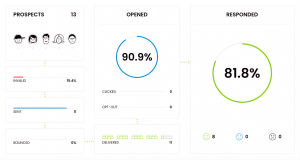
You can also use tools like IPQS or MailTester to do this. Just upload your email list and the solution will run a validation to tell you which email addresses your message will bounce back to. This way you can remove invalid addresses and make sure you don’t send your campaigns to non-existent addresses and get bounces.
2. Find individuals and companies that match your Ideal Customer Profile (ICP)
It may seem obvious to only contact people who are a potential fit for your business, but some people buy ready-made B2B email databases without questioning whether they actually fit their ideal criteria.
If you want to get good results and not waste your time making ineffective demo calls later, you need to build your lists according to your Ideal Customer Profile. Even if you get a lot of responses, you’ll find that these prospects either don’t have the budget for your solution, aren’t the decision maker, or don’t need your product or services at all.
3. Group your targets
Perhaps you offer many different products or change your value proposition from time to time. In this case, you need to make sure that the people you are targeting via cold email campaigns might actually be interested in your current offering.
If you want to show that your product can increase revenue or employee satisfaction, it’s worth targeting mostly CEOs or sales directors. If you want to talk about minimizing waste or improving processes – your campaign could target operations managers or digital leaders. As well as grouping your prospect lists by job title or department, you could also divide them by specific location, industry or technology.
The more narrowly you can target your prospect list, the more you can personalize your email campaigns and significantly increase your response rate.
4. Delete inactive contacts
If you’ve already sent several messages to a prospect but they haven’t opened any of them, it might be better to get rid of such contacts. So to clean up your prospect list, delete those prospects who don’t engage and ignore your messages. This way, you’ll not only improve your rates, but you’ll also ensure that you’re not constantly sending unwanted emails.
5. Monitor your bounce rate
Generally, a bounce rate of 2% or less is acceptable and considered a good result. So if you send emails to 1000 prospects and get 20 bounces or less, you’re good. But if your bounce rate is above 2%, then you need to take some action to improve it.
Want to see why emails bounce? Go to this blog post.
6. Engage with prospects to warm them up before outreach
Your prospects are more likely to open an email and reply if they saw your photo or your name someplace before. So, if you want to increase your open and response rates, incorporate some additional activities in your outreach: you can follow your prospects on Twitter, send them a personalized connection request on Linkedin, comment on their blog posts or display to them retargeting ads. These actions, if done and orchestrated correctly, can really boost your results.
Why all this effort?
Applying prospect list hygiene can be time-consuming and requires some extra effort, but it is critical to achieving positive results. Even the best cold email campaign will not be successful without an accurate list of prospects. It also works hand in hand with domain warming for email, which gradually builds trust with email providers and helps you land in the inbox—not the spam folder.
READ ALSO
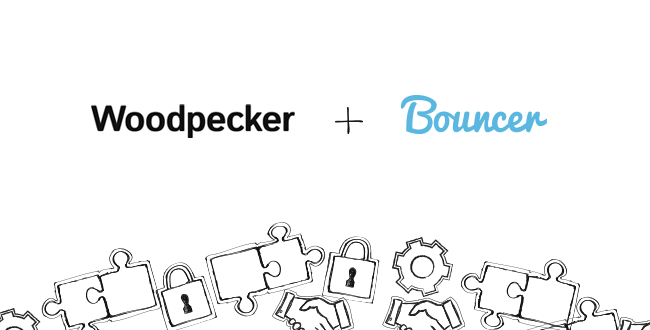
Get your Prospects’ Email Addresses Verified: Native Bouncer Integration
We’re excited to announce that Woodpecker has joined forces with Bouncer to help you decrease your bounce rate, boost deliverability and protect your sender’s reputation. What is Bouncer? It’s a tool that verifies your prospects’ email addresses and sends messages only to validated email addresses, ensuring not a single unwelcome email address slips through. We’ve been testing Bouncer and other email verification tools for some time to choose the one that works best for us and offers the most value to our users, and Bouncer turned out to be the one we were looking for.
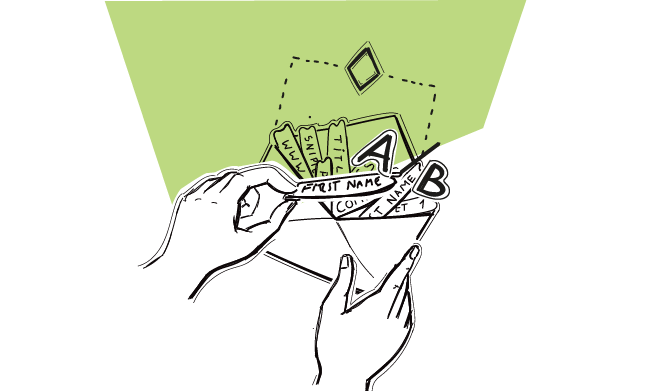
27 Tools & Services for Outbound Sales Prospecting (2022 Updated)
Prospect list building is a crucial part of the outbound sales process. The first step is defining your ideal customer profile (ICP). But as soon as you've done that, you actually need to find the right accounts, people and their contact details. Here's a tool stack for step two. A collection of outbound prospect list building tools and services that will help you regularly feed Woodpecker with fresh contacts.
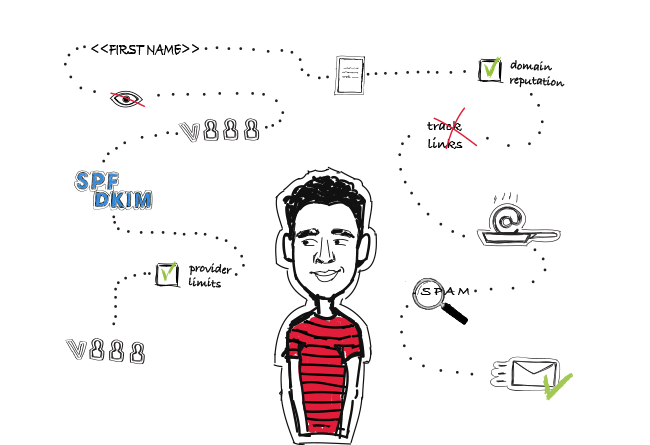
14 Deliverability Checks to Carry Out Before Sending Your Cold Email Campaign
You can have control over your cold email deliverability. In outbound outreach, it's crucial how many of the emails you sent actually get to your prospects' inboxes. There are at least 14 points on a deliverability checklist that you can, and should, go through before you start off your email campaign. I've listed them below in three categories. Some of them you may already know of, but some may be new for you. Check the list and see if you're doing everything you can to ensure that your cold emails actually get to their destination.

